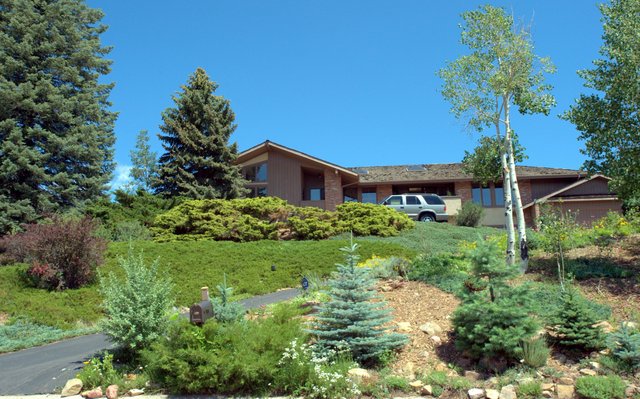I recently received this ad in the mail:

While I noticed the baby crawling on the grass, the dog, and the blurbs—“Better for you, your loved ones & your pets” and “50% less synthetics”—all designed to convey safety (with even more health references on the back), it was the word “Probiotic” that really caught my attention.
Probiotics are a hot topic. Research is constantly discovering how important our gut biomes are. But a lawn is not a digestive system. It looks impressive on the advertising, but is there really any point to putting probiotics on your grass?






 Today I’m revisiting a topic I first talked about back in 2013. I normally don’t do this, as I assume you can go back and reread whatever you’d like, using the options at in the sidebar at right. However, this is an issue that I think needs a lot more attention. I’m so frustrated, I could scream.
Today I’m revisiting a topic I first talked about back in 2013. I normally don’t do this, as I assume you can go back and reread whatever you’d like, using the options at in the sidebar at right. However, this is an issue that I think needs a lot more attention. I’m so frustrated, I could scream. I was wrong. Hard to admit, but there we have it. I passed on advice from those I deemed older and wiser than I am, and they were wrong too. But hey, none of us knew any better. Then.
I was wrong. Hard to admit, but there we have it. I passed on advice from those I deemed older and wiser than I am, and they were wrong too. But hey, none of us knew any better. Then. It seems such a waste—we use a tea bag to make a lovely cup of tea, and then toss it into the trash. It just screams to be repurposed—surely there’s some way to get some extra use from that depleted bag! So it’s no big surprise that the internet is suddenly full of lists with titles such as “7 Random Uses for Used Tea Bags.”
It seems such a waste—we use a tea bag to make a lovely cup of tea, and then toss it into the trash. It just screams to be repurposed—surely there’s some way to get some extra use from that depleted bag! So it’s no big surprise that the internet is suddenly full of lists with titles such as “7 Random Uses for Used Tea Bags.” One of my perverse pleasures is perusing Pintrest to find bad garden advice. There’s certainly no lack of misinformation on the web, and Pintrest seems to collect it all. Most advice is simply a waste of time and money—sprinkling
One of my perverse pleasures is perusing Pintrest to find bad garden advice. There’s certainly no lack of misinformation on the web, and Pintrest seems to collect it all. Most advice is simply a waste of time and money—sprinkling 
 Last week I shared how to determine the make-up of your soil. This knowledge is helpful, but it doesn’t solve the problem of soil so hard, you can’t get a shovel into it. That’s what we’ll cover today.
Last week I shared how to determine the make-up of your soil. This knowledge is helpful, but it doesn’t solve the problem of soil so hard, you can’t get a shovel into it. That’s what we’ll cover today.